Honey
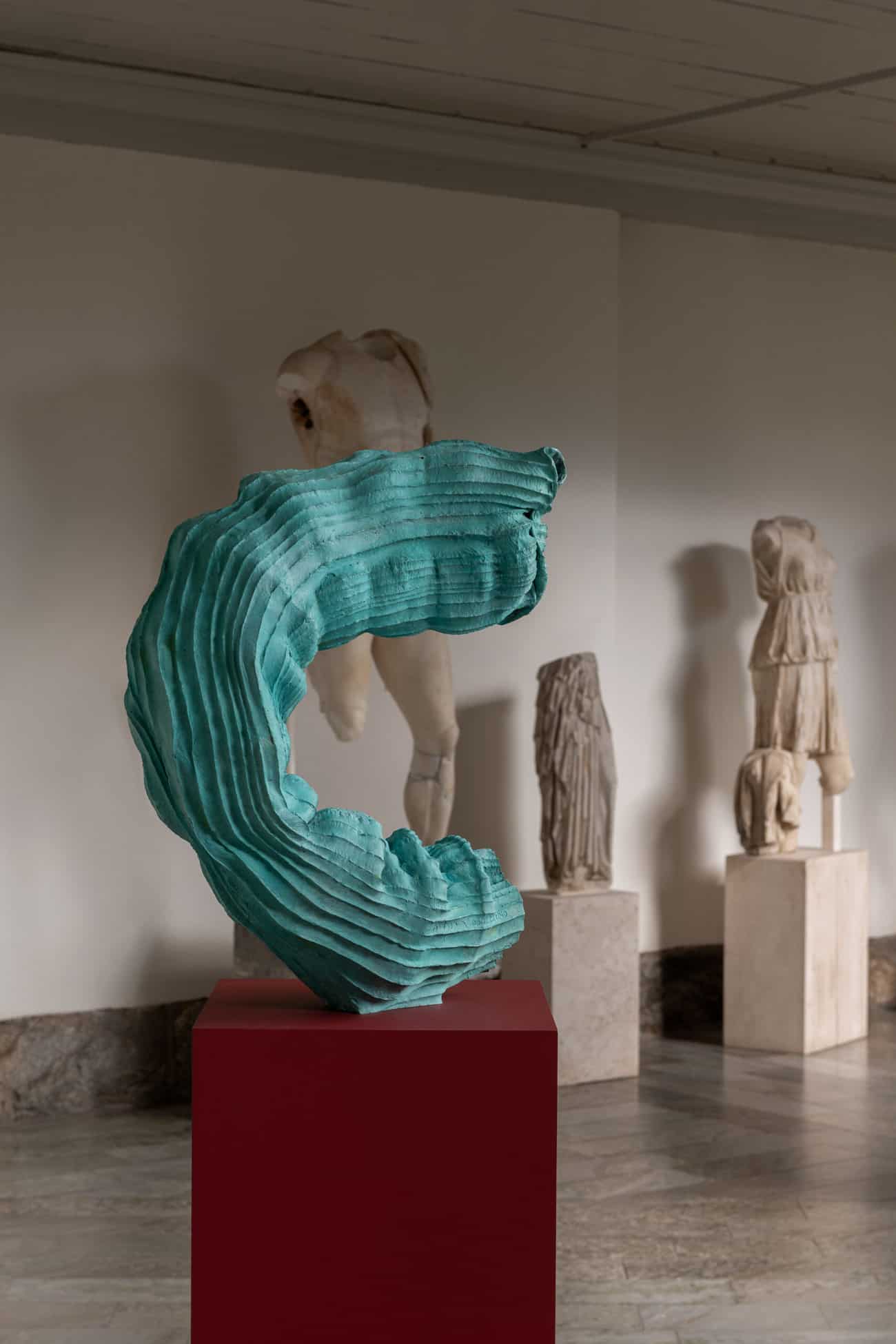
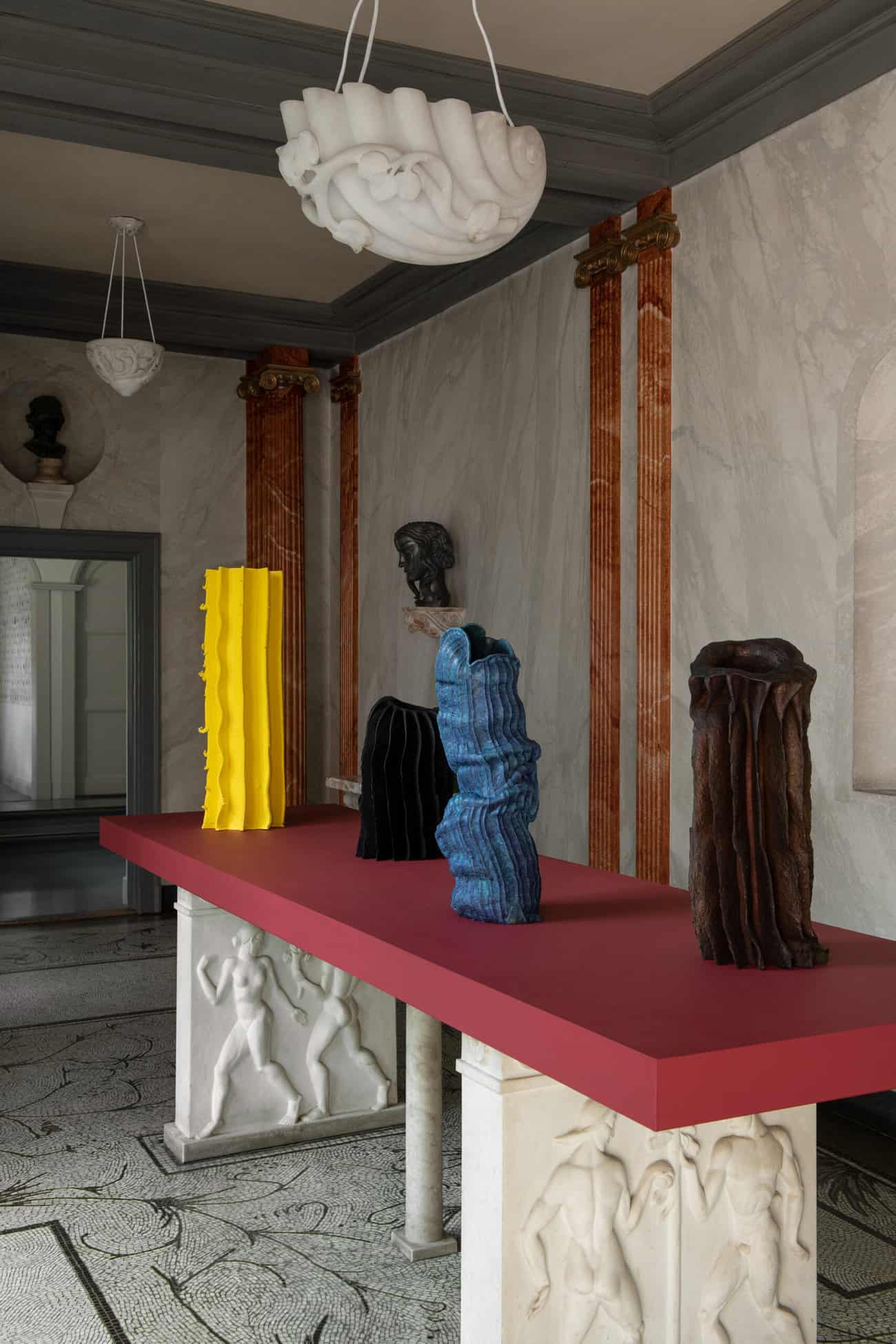
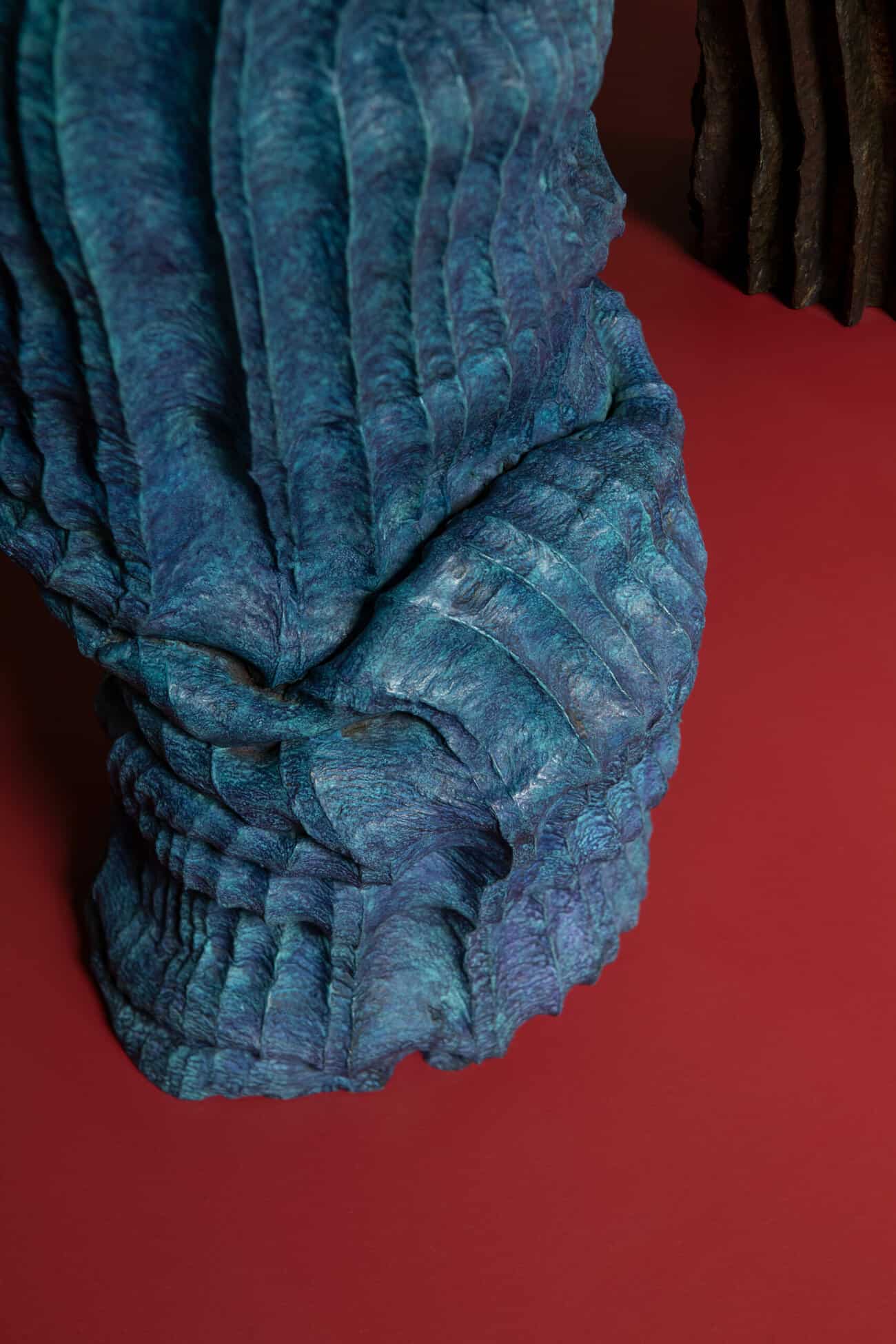
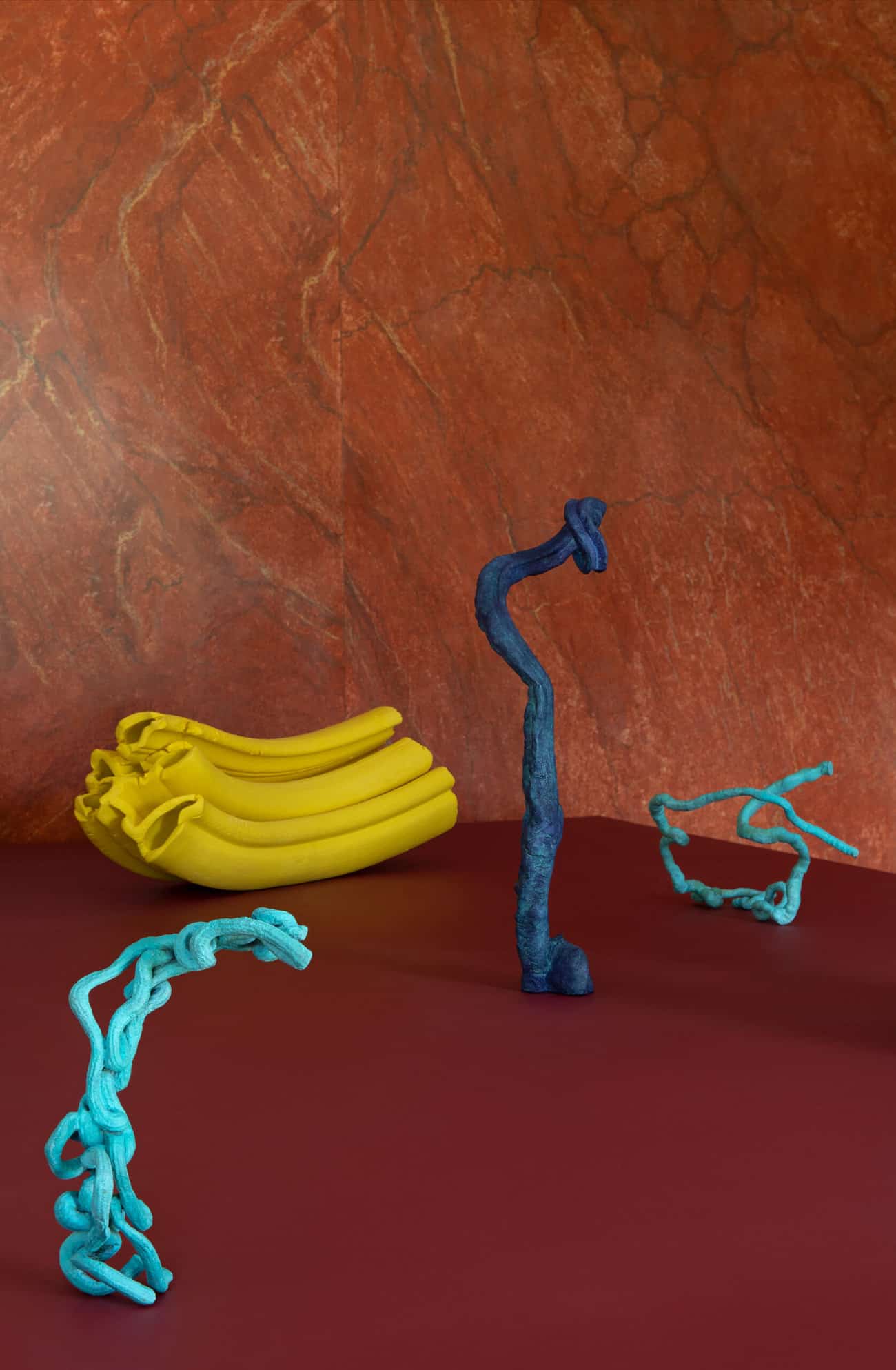




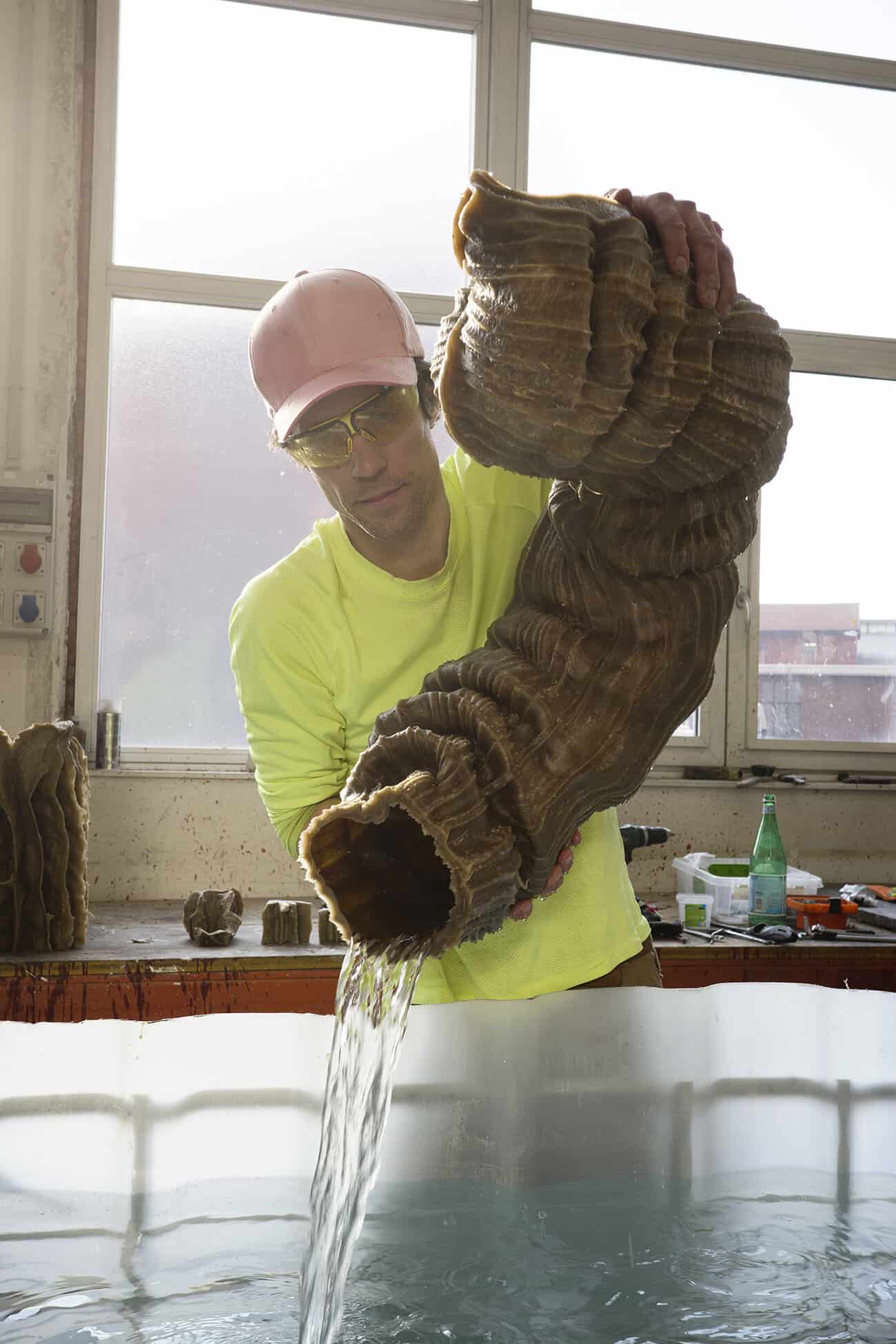

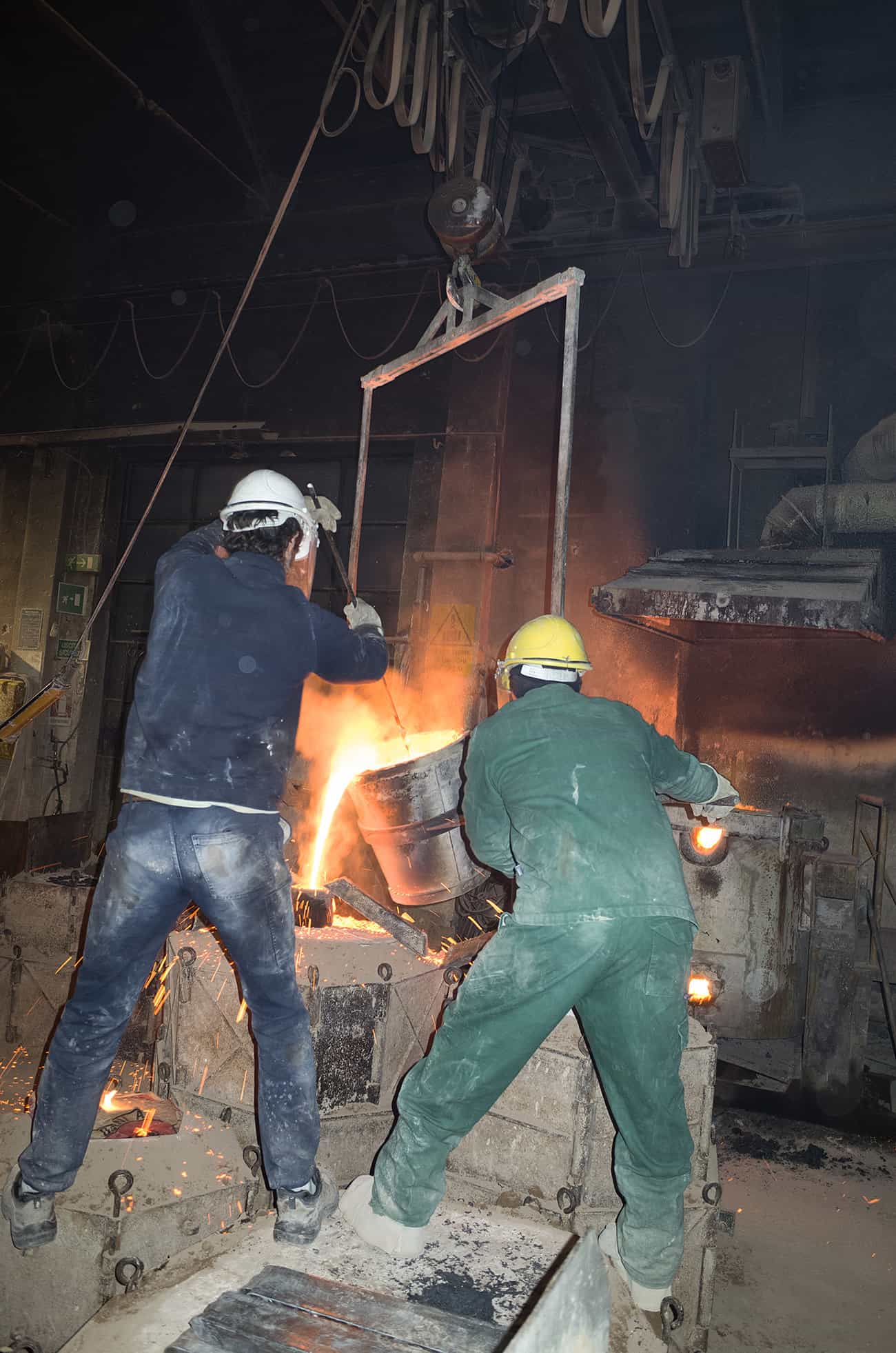
Throughout the ages, sculptural art and its conventions have embodied various expressions: portraits, memories and monuments, decorations and architectural elements. Sculptures have been figurative – have depicted and idealized – and have been non-figurative and abstract. What is a sculpture? This is a question that the artist Anton Alvarez leads us to reflect on.
Sculptures have a material volume and share a physical space with the viewer. At the Millesgården Artist’s Home, Alvarez’s contemporary sculptures encounter Carl Milles’ works of art and the collection of antiquities in classical settings. Milles represents tradition and convention. For him, material is subordinate to form. For Alvarez, on the other hand, form is subordinate to material. Alvarez’s sculptures take shape unrestrained by convention and without any ambition to depict. Milles’s passion for classical sculpture, not least his fascination with columns, is given scope in the dialogue with Alvarez’s sculptures.
Anton Alvarez’s artistic skill is characterised by playfulness. Both in the art and in the rhetoric linked to it. The exhibition title Honey is associated to beeswax, the material used in the process of bronze casting – cire perdue – lost wax casting.
Alvarez challenges the nature of the traditional work of art by playfully exploring the boundary between the role of artist and engineer. The artist himself designs and constructs the tool that creates the work of art and thus removes himself from its creation. Alvarez’s tool The Extruder is a large-scale printing press that presses out matter with several tons of pressure through various profiles and nozzles. The formations become seemingly distorted and moulded objects. The clay and ceramics, which are usually the artist’s main means of expression, have here been replaced with beeswax and bronze.
For this exhibition, Alvarez collaborated in 2022 with the Battaglia Fine Art Foundry in Milan. There, the artist developed his own method, based on the traditional lost-wax casting process – cire perdue – in which he pressed heated beeswax into cold water. Depending on pressure, force and handling, the wax assumes the shape that becomes the final form of the bronze sculpture. The lost form, the rejected and invisible, becomes the final and chosen, the visible. The beeswax is the starting point of the exhibition title: Honey.
Photo: Erik Levander and Francesca Ferrari